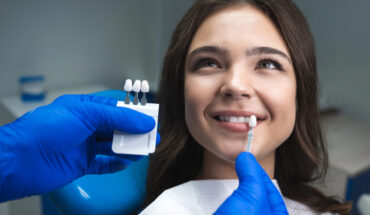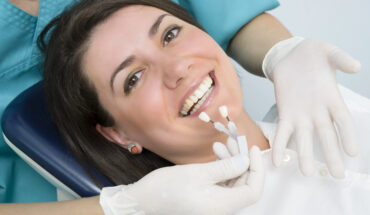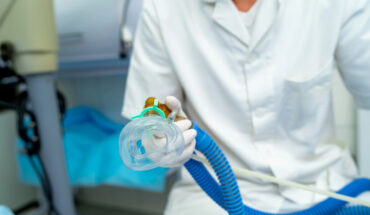
Various ingredients in toothpaste can cause these reactions, the most common of which is a cinnamic aldehyde and other condiments such as Peruvian balsam.
Contact dermatitis of the mouth can also be caused by other oral and dental products, including metals from dental work, mouthwash, gum, local foods: Toxicodendron Family (like mangoes and cashews), and lipsticks/lip balms.
Metals used in dentistry cause contact dermatitis in the mouth and include mercury, chromium, nickel, gold, cobalt, beryllium, and palladium.
What are you allergic to toothpaste?
Allergic reactions can be caused by simple things like toothpaste fragrances and preservative ingredients. Familiar scents of toothpaste, such as cinnamon, peppermint, and spearmint, can cause allergic reactions. Other causes may be related to preservatives such as parabens, foaming agents such as sodium lauryl sulfate, essential oils (i.e., tea tree oil), and even fluoride.
Signs that you may be allergic to toothpaste
There are quite a few natural and manufactured elements that can cause an allergic reaction. These are some of the most common
- Increases the sensitivity of teeth and gums.
- Increased swelling and redness on the inside of the tongue and mouth.
- Changes around the mouth, such as extreme redness, rough lips, and skin irritation.
- Body rash or hives
- Angioedema or anaphylactic shock
What to do if you are allergic to toothpaste
The best route is first to try to identify what is causing your reaction. Through a series of trial and error with the help of your dentist, you can determine which may be the cause. Other options include using a more natural toothpaste like Tom Brand or making your own at home.
Common signs of a toothpaste allergy include itchy, inflamed skin around the mouth’s edge, facial swelling, and anaphylactic shock in some rare cases. Many dentists and dermatologists report that toothpaste allergies are relatively rare and can be easy to misdiagnose as a result. Some doctors mistake a toothpaste allergy for another skin problem, such as eczema, contact dermatitis, or impetigo. A confirmed allergy to toothpaste can often be traced back to certain chemical ingredients that trigger these symptoms in some people. Most of children’s dentists recommend fluoride-free.
Some allergic reactions to toothpaste can trigger flare-ups of a condition known as cheilitis, characterized by cracks in the skin at the corners of the mouth. This problem usually results from a bacterial infection, and the allergy-causing ingredients in specific toothpaste can cause the same sores.
Mild toothpaste allergies can cause cheilitis to remain only in the corners of the mouth, although more severe reactions can spread to the lips and surrounding skin. The resulting raw, flaky skin can be temporarily cleared with an antibiotic ointment, although breakouts often reappear once the victim uses the same toothpaste responsible for the allergic reaction.
Some people may complain of swollen skin around the mouth. Others may experience raw, irritated patches or even mouth ulcers on the inner lining of the mouth. Sensitive and inflamed gums can also occur in some people with sensitivity to certain toothpaste ingredients—common ingredients in toothpaste can cause these reactions to include fluoride and certain humectants like propylene glycol. It is observe that severe allergies could trigger auditory processing disorder.
Some allergy sufferers may also have reactions to some brands of organic toothpaste made with herbal blends. This type of toothpaste allergy is often more common in people with confirmed allergies to certain substances, such as cinnamon or anise seeds.
In addition to rashes or sores on the skin and the lining of the mouth, these types of allergic reactions to toothpaste can sometimes cause an upset stomach if patients accidentally ingest tiny toothpaste amounts.




